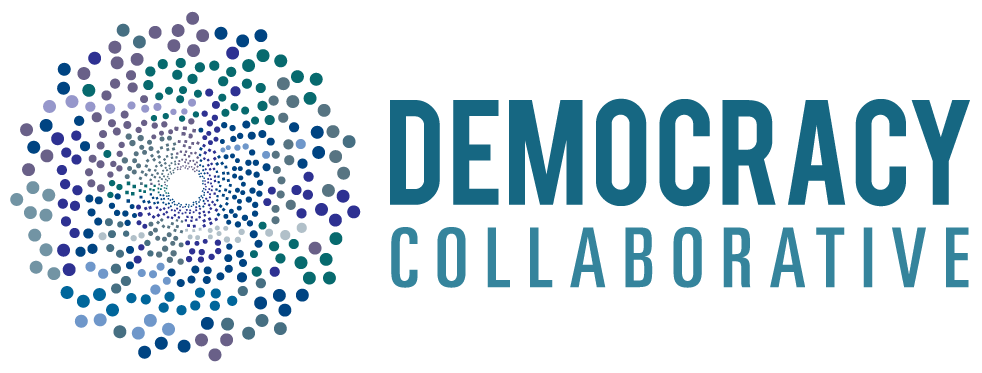Revisiting community control of land and housing in the wake of COVID-19
The United States is experiencing an acute, long-term land and housing crisis. Decades of racist and exclusionary public policy along with rising housing costs in many communities have intersected with other structural economic problems, such as low wages and high debt loads, to drive up racial and generational inequality and supercharge displacement and community instability. The COVID-19 pandemic has exacerbated these long-term trends, with the dual phenomena of rising home prices on the one hand, and millions of people unable to afford their rent or mortgage payments on the other, putting additional pressure on younger residents and marginalized communities.
Many of the traditional market-based strategies being advanced to address this crisis—such as increased homebuilding, higher density zoning, and affordable housing set-asides—are demonstrably insufficient, impractical, or inadvisable from the perspective of reducing poverty, reversing racial and economic inequality, preventing displacement, and addressing climate change. New approaches and institutions that center permanent affordability, community ownership and control, and the long-term goal of decommodification are urgently needed.
Fortunately, many of these alternatives already exist and have been proven to work in the United States. These include community land trusts (CLTs), limited equity cooperatives (LECs), community development corporations (CDCs), resident-owned communities (ROCs), and democratized public housing. Moreover, increasing interest in these alternative institutions has resulted in several new innovations, hybrid models, and legislative, legal, and regulatory shifts that have the potential to lead to larger-scale adoption in the years ahead.
This paper adapts and builds from a report that the author co-wrote and produced in 2018 called Community Control of Land and Housing: Exploring strategies for combating displacement, expanding ownership, and building community wealth. It first looks at the current state of the US land and housing system, focusing on long-term trends around inequality, inaccessibility, and displacement, as well as the realized and potential effects of the COVID-19 pandemic. It next briefly reviews various mainstream, market-based “solutions” to the crisis and why they are largely insufficient. The paper then concludes with an introduction to a variety of community ownership and control models, along with new innovations and interventions that are helping to increase their scope and scale.

